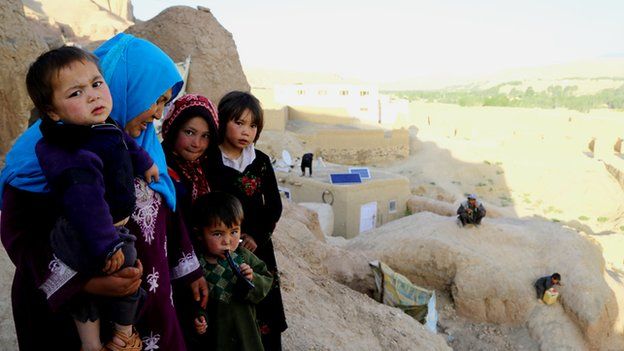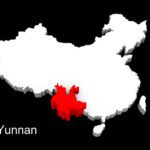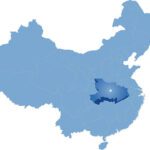The Center for the Scientific Study of Families reports are designed to provide relevant information about the conditional state of families in a specified context. The report provides information such as population, culture, family structure, and family life.
Family reports are an important tool for improving the lives of families. By providing information about the family’s conditional state and context, family reports can help improve communication between families and service providers and lead to better outcomes for families and children.
Overview
Bamyan is a city in central Afghanistan, and the capital of Bamyan Province. The city has a population of approximately 70,000 people and is the largest city in Hazarajat. Bamyan is a city in central Afghanistan and the capital of Bamyan Province. The Hindu Kush mountains encircle it, which is at an altitude of 8,366 feet (2,550 m) above sea level.
A 2011 social and economic report notes that the Bamyan province staple crops include wheat, barley, potato, and beans. This report notes that Bamyan was one of the least productive provinces for agriculture. Water shortages, small landholdings, food insecurity, and poor soil quality make most of the land barren and inaccessible.
Cultural and Ethnic Diversity
The Hazara are the largest ethnic group in Bamyan, Afghanistan, followed by Tajiks and Pashtuns. Hazaras are the largest ethnic group in Bamyan, making up around 67% of the population. They are a Shi’a Muslim minority group that is often the target of discrimination and violence. Tajiks are the second-largest ethnic group in Bamyan, making up around 16% of the population. They are a Sunni Muslim group that is the majority ethnic group in neighboring Tajikistan. Pashtuns are the third-largest ethnic group in Bamyan, making up around 15% of the population. They are a Sunni Muslim group that is the majority ethnic group in neighboring Pakistan. There are also a small number of other ethnic groups in Bamyan, including Uzbeks, Turkmen, and Aimaqs.
Family Demographics
A 2012 United Nations report provides several data points about families in Bamyan. People over the age of 15 in Bamyan Province have a 31.7% literacy rate, 45.4% (male), and 16.5% (female). These rates exceed the country’s 26%, 39% (male), and 12% (female) literacy rates. Four in five (82.6%) women over 10 had at least one child. Women aged 15–49 had 4.1 children per woman, or 41 per 10. The same report also recorded 49.6 thousand households, averaging 7.4 people, slightly higher than the national average (7.3). Homes were heated and cooked with animal dung and used solar power for electricity. In Bamyan Province, 87.8% of households had wood roofs, 96.1% had mud floors, and 81.7% had mud or dirt brick walls. Further, one in four Bamyan households (25.2%) had improved drinking water (10.3% piped, 7.5% tube well borehole/protected well, 7.4% protected spring). This is below the national estimate of 27.2%.
Conclusion
This report has provided a comprehensive overview of families in Bamyan, Afghanistan. It is important to note that the data in this report is over a decade old, and there is a need for more contemporary data about families in Bamyan. The situation in Afghanistan has changed significantly since the data in this report was collected, and it is likely that the challenges faced by families in Bamyan have also changed. It is therefore recommended that further research be conducted to update the findings of this report and to provide more up-to-date information about the needs of families in Bamyan.
Despite the need for more contemporary data, the findings of this report provide a valuable starting point for understanding the challenges and opportunities faced by families in Bamyan. The report also highlights the importance of supporting families in Bamyan, providing them with the resources they need to build better lives for themselves and their children.





